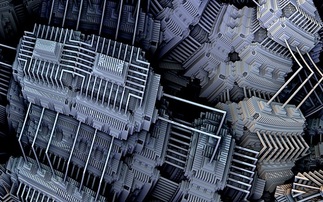New Shanghai chips for datacentres fit within 40W thermal envelope
Latest Opteron chips are now even more power efficient AMD has extended its Opteron processor line-up with new energy-efficient chips fitting within a 40W power envelope, aimed at high-density en...
To continue reading this article...
Join Computing
- Unlimited access to real-time news, analysis and opinion from the technology industry
- Receive important and breaking news in our daily newsletter
- Be the first to hear about our events and awards programmes
- Join live member only interviews with IT leaders at the ‘IT Lounge’; your chance to ask your burning tech questions and have them answered
- Access to the Computing Delta hub providing market intelligence and research
- Receive our members-only newsletter with exclusive opinion pieces from senior IT Leaders





















